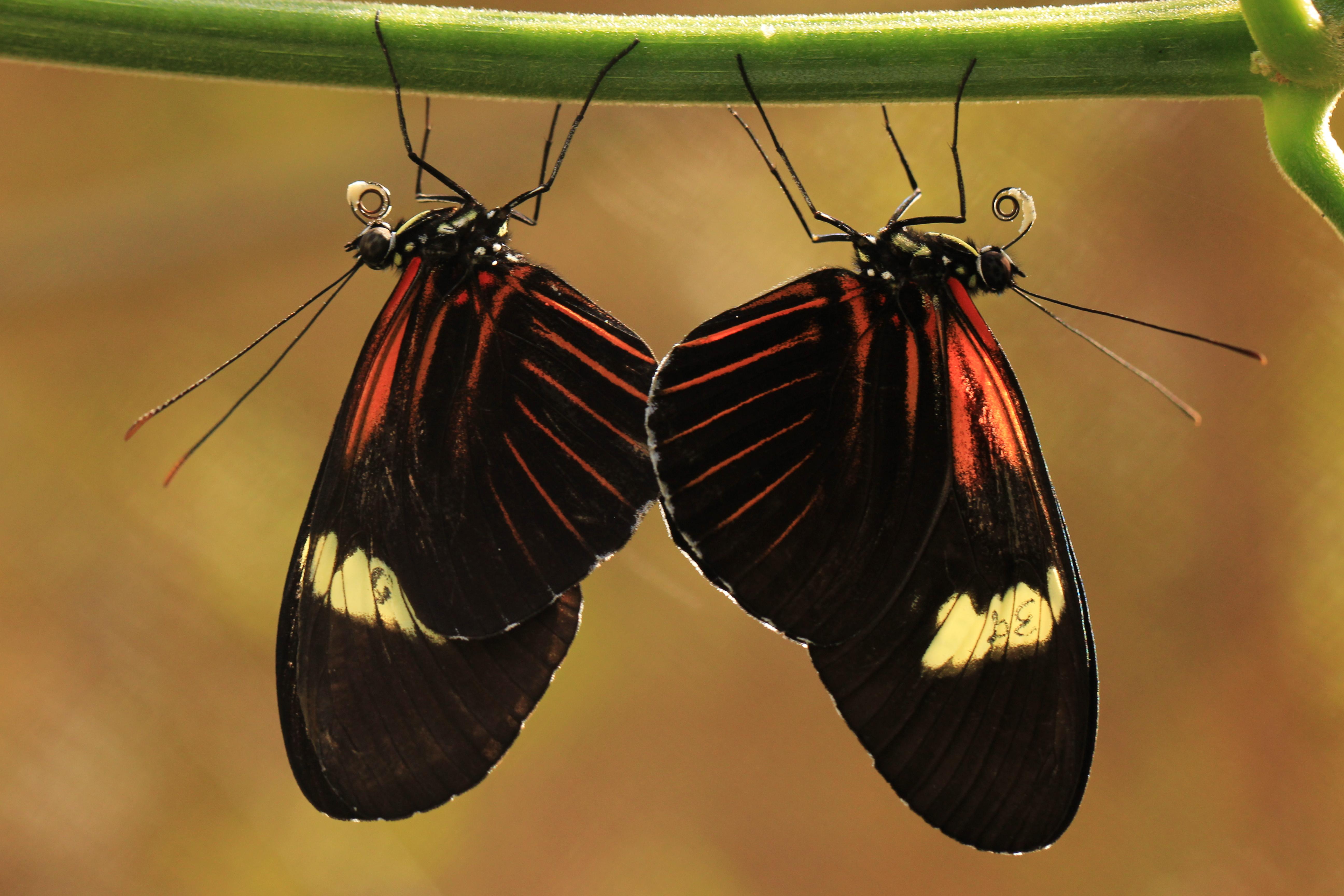
Image: Heliconius timareta
Repeated adaptation to altitude in Andean butterflies
Supervisor: Professor Chris Jiggins
Where multiple species adapt to the same challenge, this offers an opportunity to study the predictability of the evolutionary response. Adaptation to altitude offers an opportunity to address this question across many species in a highly repeatable manner. Altitude represents a steep environmental cline to which many species adapt and offers an opportunity to understand climate adaptation with relevance to climate change. Nonetheless, there is a clear challenge in that the link between genotype and function is challenging outside of a few clearly identified cases (e.g. Haemoglobin adaptation in vertebrates).
Here you will address this challenge by studying enzyme function, where the functional role of genes is clearly understood, and focus on butterflies in the Andes, where our previous work has already identified many genomic regions involved in repeated adaptation to altitude. You will annotate the genomes of Heliconius and ithomiine species with novel high throughput microfluidic methods for understanding enzyme function and will assay cDNA libraries of Heliconius tissue for a variety of catalytic activities in order to annotate enzyme function in the genome. We have previously screened high and low altitude populations of two common Heliconius species for the degree to which altitudinal adaptation is repeatable, and you will survey additional species in the ithomiine butterflies, across similar altitudinal gradients.
Finally there is potential to link genetic change to function by assaying enzyme activity for candidate loci showing differences in coding sequence between high and low altitude populations.
Type of Work
You will conduct genomic studies of butterflies from different altitudes with fieldwork in Ecuador and genomic analysis in the UK.
Importance of the area of research concerned
Adaptation to altitude and other climatic variation is important for species to persist across broad geographic ranges and understanding of climate adaptation will become increasingly important as our climate changes. Altitude also represents an accessible example of repeated adaptation in a polygenic trait that can provide tests for theoretical predictions of repeatability and the role of pleiotropy.
References
Montejo-Kovacevich, G. et al. Repeated genetic adaptation to altitude in two tropical butterflies. Nat Commun 13, 4676 (2022).
